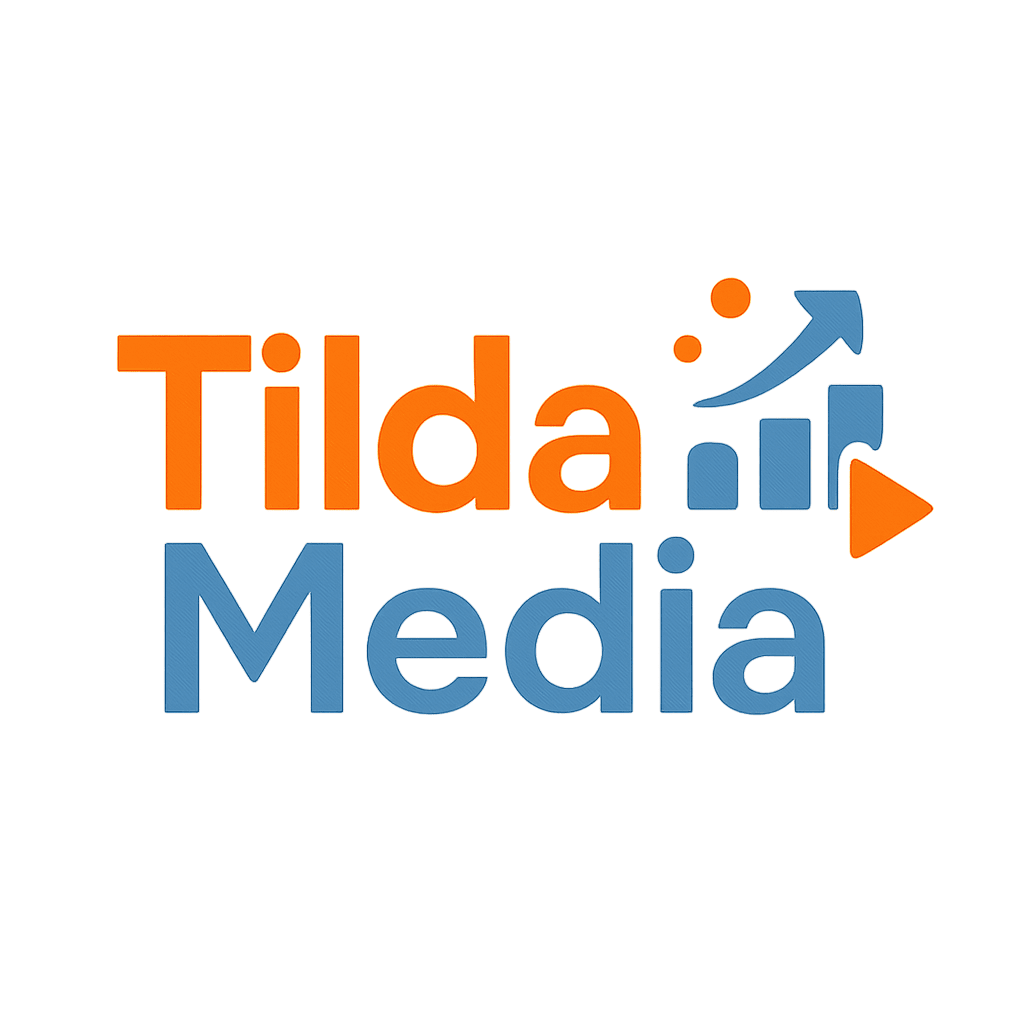How to Create a Social Media Marketing Plan for Small Businesses
In today’s digital-first world, social media marketing is no longer optional for small businesses, it’s a lifeline to reach customers, build brand awareness, and drive sales. With over 4.8 billion social users worldwide and an average of 141 minutes spent on social platforms each day, the opportunity is immense. But without a clear plan, your efforts can quickly become scattered and ineffective.
This blog post is your ultimate, data-driven guide to building a social media marketing plan tailored to the needs and budgets of small businesses. You’ll learn how to set SMART goals, identify your audience, choose the right platforms, compare the best tools, craft a content calendar, optimize your budget, track results, and more, all woven together with real-world examples and case studies.
1. Benefits of Social Media Marketing for Small Business
Increased Brand Awareness
-
- 92% of marketers say social media increases exposure.
-
- 58% of consumers discover new small businesses on social platforms.
Audience Engagement & Advocacy
-
- Customers who interact with brands on social media spend 35–40% more.
-
- 76% of customers with positive social experiences recommend a brand.
Cost-Effective Advertising
-
- Small businesses typically allocate 14.5% of their marketing budget to social ads, often yielding better ROI than traditional channels.
-
- Daily budgets can start as low as $1/day on platforms like Meta Ads.
Customer Service & Reputation Management
-
- 76% of consumers expect customer service via social media.
-
- Rapid response builds trust and loyalty.
2. Setting SMART Goals
Defining clear objectives keeps your social efforts on track. Here’s how to frame goals with the SMART framework:
| Objective | Specific Goal |
|---|---|
| Awareness | Grow Instagram followers by 25% in 3 months |
| Engagement | Generate 50 comments per week on Facebook in 90 days |
| Lead Generation | Acquire 100 email leads via Facebook Lead Ads in 60 days |
Break these down into monthly milestones and review progress regularly.
3. Audience Research & Personas
Define Your Ideal Customer
Map demographics (age, location), psychographics (interests), and pain points. For example, a local Lagos café might target 25–35-year-olds who love specialty coffee and brunch.
Competitive Audit
Analyze peers’ content types, posting frequency, top-performing hashtags, and engagement rates.
Create Buyer Personas
-
- Laura Lagos: 28, graphic designer, seeks quick brunch spots, active on Instagram and TikTok.
-
- Office Oliver: 35, finance professional, values quiet workspaces, follows LinkedIn for local business news.
Gather Direct Feedback
Use Instagram polls, Facebook surveys, or email questionnaires to ask what content your audience wants.
4. Platform Selection & Content Mix
Choose the Right Channels
-
- Facebook & Instagram for local consumer brands.
-
- LinkedIn for B2B offers.
-
- TikTok & Reels to engage younger audiences.
Content Types & Frequency
-
- Educational: How-tos, tips (2×/wk)
-
- Promotional: Offers, launches (1–2×/wk)
-
- Social Proof: Testimonials, user-generated content (1×/wk)
-
- Behind-the-Scenes: Stories, reels (daily)
Hashtag & SEO Best Practices
Include 3–5 relevant hashtags and LSI terms like “small business marketing,” “social strategy,” and “SMM tips” in captions.
5. Tools & Comparisons
Scheduling Platforms
| Tool | Key Features | Starting Price |
| Hootsuite | Multi-platform scheduling, team collaboration | $99/mo |
| Buffer | Simple queue system, analytics | $6/mo |
| Meta Business Suite | Native posting & basic insights | Free |
Analytics Tools
| Tool | Metrics Tracked | Best for |
| Google Analytics | Web sessions, UTM campaign data | ROI analysis |
| Sprout Social | Sentiment, engagement, tasking | Growing SMEs |
| LinkedIn Analytics | Impressions, demographics | B2B brands |
Ad Management Platforms
| Tool | Ad Formats | Targeting Options |
| Meta Ads Manager | Feed, Stories, Carousel | Interests, behavior, location |
| Google Ads | Search, Display, Video | Keywords, demographics |
| LinkedIn Ads | Sponsored Content, InMail | Job title, industry |
6. Budgeting & Paid Strategy
-
- Allocate 14–16% of overall marketing budget to paid social.
-
- 60/40 split: 60% organic content, 40% paid ads to start.
-
- Conduct A/B tests on headlines, creatives, CTAs over 7–14 days to optimize performance.
7. Content Calendar & Workflow
-
- Plan: Brainstorm topics and align with product launches or seasonal events.
-
- Create: Write captions, design visuals, edit video.
-
- Schedule: Use your chosen platform to queue posts.
-
- Publish & Engage: Monitor comments and messages.
-
- Review: Weekly check-ins to adjust frequency and formats.
Assign clear roles: creator, editor, scheduler, analyst.
8. Tracking & Optimization
Key Metrics to Monitor
-
- Reach & Impressions
-
- Engagement Rate (likes, comments, shares)
-
- Click‑Through Rate
-
- Conversions & ROI
Use weekly reports to identify top-performing content and pivot strategies quarterly.
9. Real-World Case Studies
Local Bakery Success: A Lagos bakery posted daily behind-the-scenes Stories and ran location-targeted promos on Instagram, boosting foot traffic by 30% in two months.
B2B Growth in Kampala: SMEs in Kampala that invested in LinkedIn sponsored content saw a 45% lift in inquiry volume within 60 days.
10. FAQs
Q: How much should I budget for social media ads? A: Most small businesses spend $200–$2,000 per month, around 14–16% of their overall marketing budget.
Q: Which platform is best for lead generation? A: LinkedIn excels for B2B leads; Meta Ads (Facebook/Instagram) work well for B2C.
Q: How do I measure success? A: Track reach, engagement, CTR, conversion rates, and calculate ROI using tools like Google Analytics and Meta Insights.
